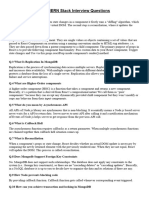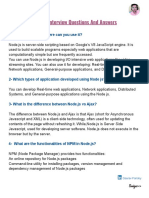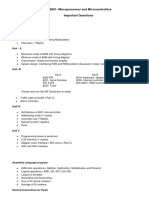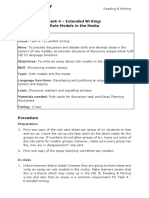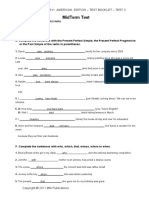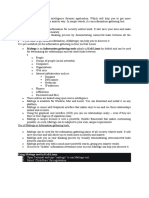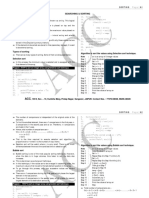0% found this document useful (0 votes)
22 views5 pagesMERN Interview Questions
The document provides a comprehensive list of interview questions and answers for a Full Stack MERN Developer, covering key topics in JavaScript, React.js, Node.js, Express.js, and MongoDB. It includes explanations of concepts like closures, promises, virtual DOM, Redux, and JWT, among others. The document serves as a useful resource for preparing for technical interviews in the MERN stack development field.
Uploaded by
taruncoder7Copyright
© © All Rights Reserved
We take content rights seriously. If you suspect this is your content, claim it here.
Available Formats
Download as PDF, TXT or read online on Scribd
0% found this document useful (0 votes)
22 views5 pagesMERN Interview Questions
The document provides a comprehensive list of interview questions and answers for a Full Stack MERN Developer, covering key topics in JavaScript, React.js, Node.js, Express.js, and MongoDB. It includes explanations of concepts like closures, promises, virtual DOM, Redux, and JWT, among others. The document serves as a useful resource for preparing for technical interviews in the MERN stack development field.
Uploaded by
taruncoder7Copyright
© © All Rights Reserved
We take content rights seriously. If you suspect this is your content, claim it here.
Available Formats
Download as PDF, TXT or read online on Scribd
/ 5













